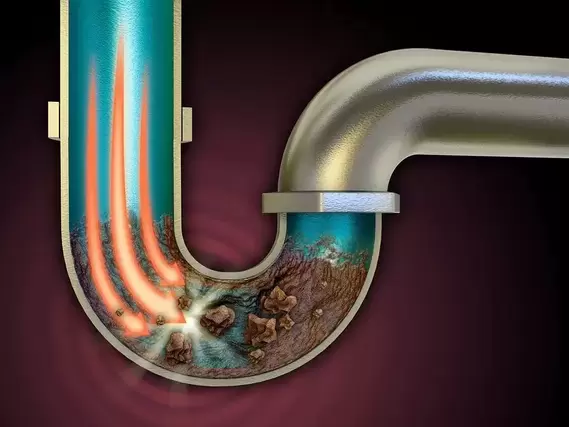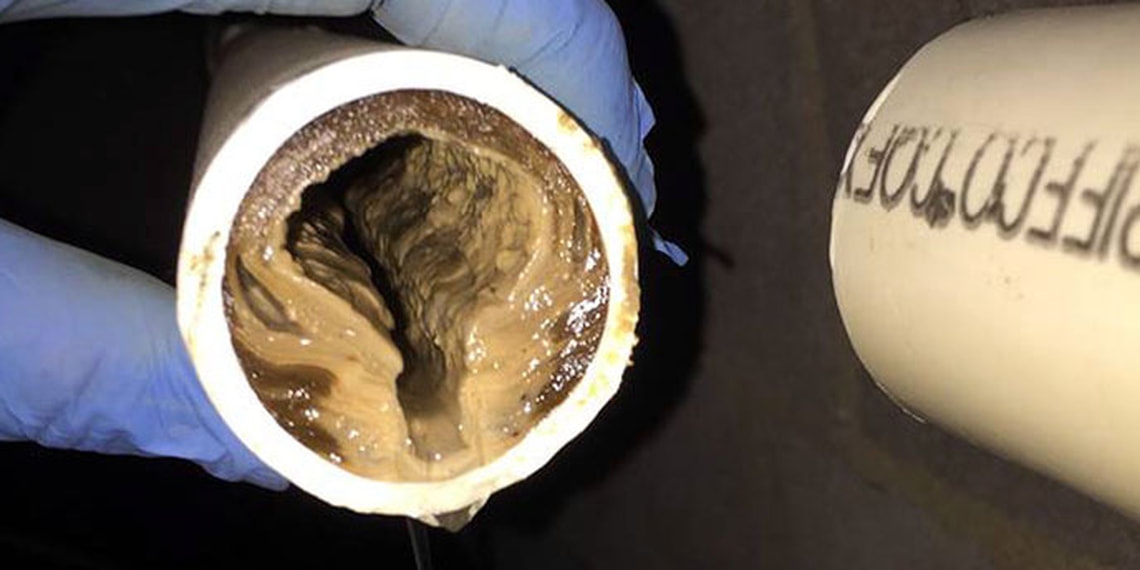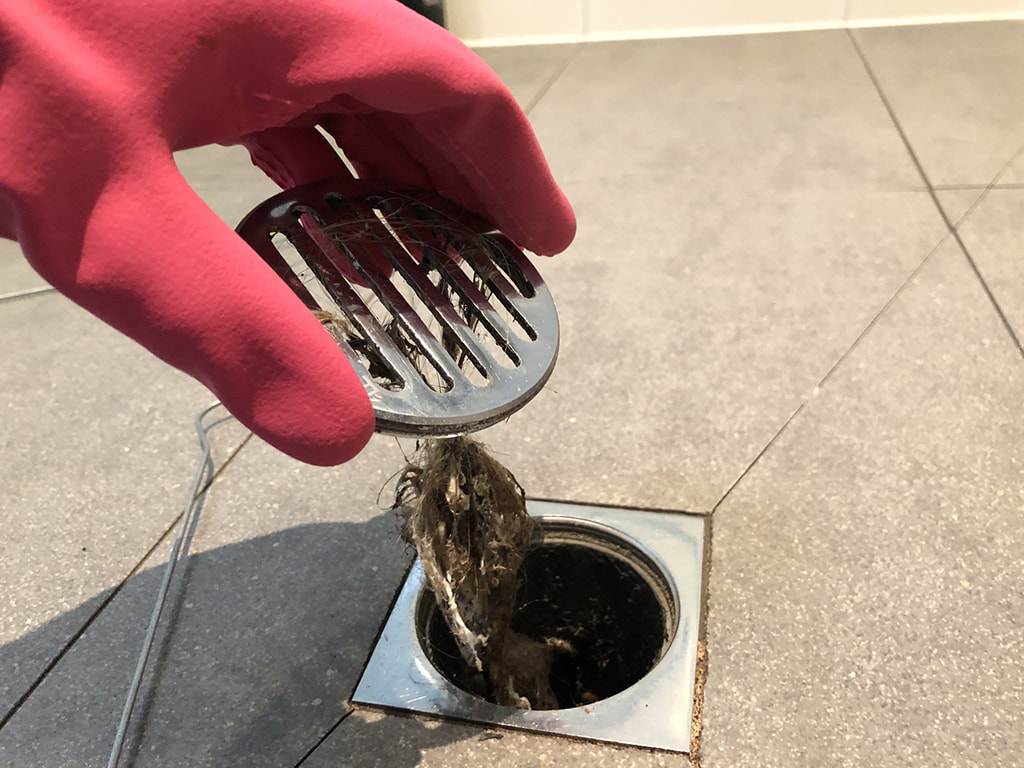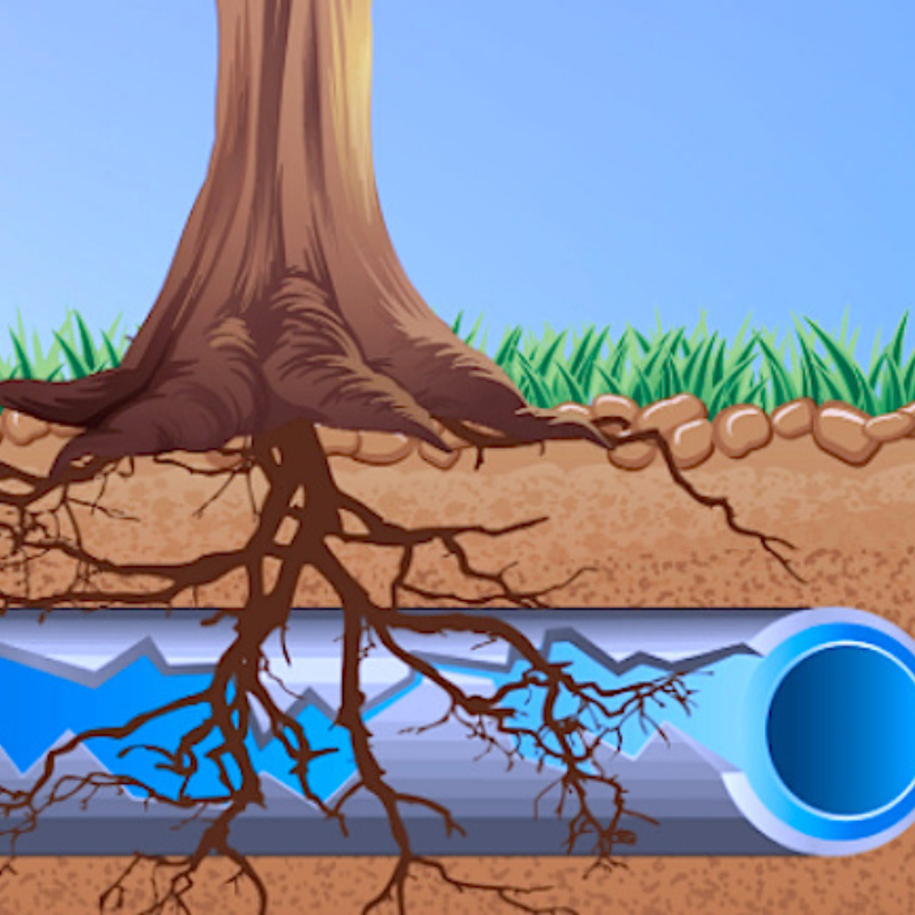- Home
- Services
- Unblock Your Worries
- Flowing Solutions
- About Us
- News
- Contact Us
-
Counties
-
Bergen County
>
- Allendale, NJ - NJ Sewer & Drain Cleaning Service (973)900-2005
- Alpine, NJ - NJ Sewer & Drain Cleaning Service (973)900-2005
- Bergenfield, NJ - NJ Sewer & Drain Cleaning Service (973)900-2005
- Bogota, NJ - NJ Sewer & Drain Cleaning Service (973)900-2005
- Carlstadt, NJ - NJ Sewer & Drain Cleaning Service (973)900-2005
- Cliffside Park, NJ - NJ Sewer & Drain Cleaning Service (973)900-2005
- Closter, NJ - NJ Sewer & Drain Cleaning Service (973)900-2005
- Cresskill, NJ - NJ Sewer & Drain Cleaning Service (973)900-2005
- Demarest, NJ - NJ Sewer & Drain Cleaning Service (973)900-2005
- Dumont, NJ - NJ Sewer & Drain Cleaning Service (973)900-2005
- East Rutherford, NJ - NJ Sewer & Drain Cleaning Service (973)900-2005
- Elmwood Park, NJ - NJ Sewer & Drain Cleaning Service (973)900-2005
- Emerson, NJ - NJ Sewer & Drain Cleaning Service (973)900-2005
- Englewood, NJ - NJ Sewer & Drain Cleaning Service (973)900-2005
- Englewood Cliff, NJ - NJ Sewer & Drain Cleaning Service (973)900-2005
- Fair Lawn, NJ - NJ Sewer & Drain Cleaning Service (973)900-2005
- Fairview, NJ - NJ Sewer & Drain Cleaning Service (973)900-2005
- Fort Lee, NJ - NJ Sewer & Drain Cleaning Service (973)900-2005
- Franklin Lakes, NJ - NJ Sewer & Drain Cleaning Service (973)900-2005
- Garfield, NJ Sewer & Drain Cleaning Service.
- Glen Rock, NJ - NJ Sewer & Drain Cleaning Service (973)900-2005
- Hackensack, NJ - NJ Sewer & Drain Cleaning Service (973)900-2005
- Harrington Park, NJ - NJ Sewer & Drain Cleaning Service (973)900-2005
- Hasbrouck Heights, NJ - NJ Sewer & Drain Cleaning Service (973)900-2005
- Haworth, NJ - NJ Sewer & Drain Cleaning Service (973)900-2005
- Hillsdale, NJ - NJ Sewer & Drain Cleaning Service (973)900-2005
- Ho-Ho-Kus, NJ - NJ Sewer & Drain Cleaning Service (973)900-2005
- Leonia, NJ - NJ Sewer & Drain Cleaning Service (973)900-2005
- Little Ferry, NJ - NJ Sewer & Drain Cleaning Service (973)900-2005
- Lodi, NJ - NJ Sewer & Drain Cleaning Service (973)900-2005
- Lyndhurst, NJ - NJ Sewer & Drain Cleaning Service (973)900-2005
- Mahwah, NJ - NJ Sewer & Drain Cleaning Service (973)900-2005
- Maywood, NJ - NJ Sewer & Drain Cleaning Service (973)900-2005
- Midland Park, NJ - NJ Sewer & Drain Cleaning Service (973)900-2005
- Montvale, NJ - NJ Sewer & Drain Cleaning Service (973)900-2005
- Moonachie, NJ - NJ Sewer & Drain Cleaning Service (973)900-2005
- New Milford, NJ - NJ Sewer & Drain Cleaning Service (973)900-2005
- North Arlington, NJ - NJ Sewer & Drain Cleaning Service (973)900-2005
- Northvale, NJ - NJ Sewer & Drain Cleaning Service (973)900-2005
- Norwood, NJ - NJ Sewer & Drain Cleaning Service (973)900-2005
- Oakland, NJ - NJ Sewer & Drain Cleaning Service (973)900-2005
- Old Tappan, NJ - NJ Sewer & Drain Cleaning Service (973)900-2005
- Oradell, NJ - NJ Sewer & Drain Cleaning Service (973)900-2005
- Palisades Park, NJ - NJ Sewer & Drain Cleaning Service (973)900-2005
- Paramus, NJ - NJ Sewer & Drain Cleaning Service (973)900-2005
- Park Ridge, NJ - NJ Sewer & Drain Cleaning Service (973)900-2005
- Ramsey, NJ - NJ Sewer & Drain Cleaning Service (973)900-2005
- Ridgefield, NJ - NJ Sewer & Drain Cleaning Service (973)900-2005
- Ridgefield Park, NJ - NJ Sewer & Drain Cleaning Service (973)900-2005
- Ridgewood, NJ - NJ Sewer & Drain Cleaning Service (973)900-2005
- River Edge, NJ - NJ Sewer & Drain Cleaning Service (973)900-2005
- River Vale, NJ - NJ Sewer & Drain Cleaning Service (973)900-2005
- Rochelle Park, NJ - NJ Sewer & Drain Cleaning Service (973)900-2005
- Rockleigh, NJ - NJ Sewer & Drain Cleaning Service (973)900-2005
- Rutherford, NJ - NJ Sewer & Drain Cleaning Service (973)900-2005
- Saddle Brook, NJ - NJ Sewer & Drain Cleaning Service (973)900-2005
- Saddle River, NJ - NJ Sewer & Drain Cleaning Service (973)900-2005
- South Hackensack, NJ - NJ Sewer & Drain Cleaning Service (973)900-2005
- Teaneck, NJ - NJ Sewer & Drain Cleaning Service (973)900-2005
- Tenafly, NJ - NJ Sewer & Drain Cleaning Service (973)900-2005
- Teterboro, NJ - NJ Sewer & Drain Cleaning Service (973)900-2005
- Township of Washington, NJ - NJ Sewer & Drain Cleaning Service (973)900-2005
- Upper Saddle River, NJ - NJ Sewer & Drain Cleaning Service (973)900-2005
- Waldwick, NJ - NJ Sewer & Drain Cleaning Service (973)900-2005
- Wallington, NJ - NJ Sewer & Drain Cleaning Service (973)900-2005
- Westwood, NJ - NJ Sewer & Drain Cleaning Service (973)900-2005
- Wood-Ridge, NJ - NJ Sewer & Drain Cleaning Service (973)900-2005
- Woodcliff Lake, NJ - NJ Sewer & Drain Cleaning Service (973)900-2005
- Wyckoff, NJ - NJ Sewer & Drain Cleaning Service (973)900-2005
-
Essex County
>
- Belleville, NJ - NJ Sewer & Drain Cleaning Service (973)900-2005
- Bloomfield, NJ - NJ Sewer & Drain Cleaning Service (973)900-2005
- Caldwell, NJ - NJ Sewer & Drain Cleaning Service (973)900-2005
- Cedar Grove, NJ - NJ Sewer & Drain Cleaning Service (973)900-2005
- CIty of Orange, NJ - NJ Sewer & Drain Cleaning Service (973)900-2005
- East Orange, NJ - NJ Sewer & Drain Cleaning Service (973)900-2005
- Essex Fells, NJ - NJ Sewer & Drain Cleaning Service (973)900-2005
- Fairfield, NJ - NJ Sewer & Drain Cleaning Service (973)900-2005
- Glen Ridge, NJ - NJ Sewer & Drain Cleaning Service (973)900-2005
- Irvington, NJ - NJ Sewer & Drain Cleaning Service (973)900-2005
- Livingston, NJ - NJ Sewer & Drain Cleaning Service (973)900-2005
- Maplewood, NJ - NJ Sewer & Drain Cleaning Service (973)900-2005
- Millburn, NJ - NJ Sewer & Drain Cleaning Service (973)900-2005
- Montclair, NJ - NJ Sewer & Drain Cleaning Service (973)900-2005
- Newark, NJ - NJ Sewer & Drain Cleaning Service (973)900-2005
- North Caldwell, NJ - NJ Sewer & Drain Cleaning Service (973)900-2005
- Nutley, NJ - NJ Sewer & Drain Cleaning Service (973)900-2005
- Roseland, NJ - NJ Sewer & Drain Cleaning Service (973)900-2005
- South Orange, NJ - NJ Sewer & Drain Cleaning Service (973)900-2005
- Verona, NJ - NJ Sewer & Drain Cleaning Service (973)900-2005
- West Caldwell, NJ - NJ Sewer & Drain Cleaning Service (973)900-2005
- West Orange, NJ - NJ Sewer & Drain Cleaning Service (973)900-2005
-
Hudson County
>
- Arlington, NJ - NJ Sewer & Drain Cleaning Service (973)900-2005
- Bayonne, NJ - NJ Sewer & Drain Cleaning Service (973)900-2005
- East Newark, NJ Sewer & Drain Cleaning Service.
- Edgewater, NJ - NJ Sewer & Drain Cleaning Service (973)900-2005
- Guttenberg, NJ - NJ Sewer & Drain Cleaning Service (973)900-2005
- Harrison, NJ - NJ Sewer & Drain Cleaning Service (973)900-2005
- Hoboken, NJ - NJ Sewer & Drain Cleaning Service (973)900-2005
- Jersey City, NJ - NJ Sewer & Drain Cleaning Service (973)900-2005
- Kearny, NJ - NJ Sewer & Drain Cleaning Service (973)900-2005
- North Bergen, NJ - NJ Sewer & Drain Cleaning Service (973)900-2005
- Secaucus, NJ - NJ Sewer & Drain Cleaning Service (973)900-2005
- Union City, NJ - NJ Sewer & Drain Cleaning Service (973)900-2005
- Weehawken, NJ - NJ Sewer & Drain Cleaning Service (973)900-2005
- West New York, NJ - NJ Sewer & Drain Cleaning Service (973)900-2005
-
Morris County
>
- Boonton, NJ - NJ Sewer & Drain Cleaning Service (973)900-2005
- Boonton Township, NJ - NJ Sewer & Drain Cleaning Service (973)900-2005
- Butler, NJ - NJ Sewer & Drain Cleaning Service (973)900-2005
- Chatham, NJ - NJ Sewer & Drain Cleaning Service (973)900-2005
- Chatham Township, NJ - NJ Sewer & Drain Cleaning Service (973)900-2005
- Chester, NJ - NJ Sewer & Drain Cleaning Service (973)900-2005
- Chester Township, NJ - NJ Sewer & Drain Cleaning Service (973)900-2005
- Denville, NJ - NJ Sewer & Drain Cleaning Service (973)900-2005
- Dover, NJ - NJ Sewer & Drain Cleaning Service (973)900-2005
- East Hanover, NJ - NJ Sewer & Drain Cleaning Service (973)900-2005
- Florham Park, NJ - NJ Sewer & Drain Cleaning Service (973)900-2005
- Hanover, NJ - NJ Sewer & Drain Cleaning Service (973)900-2005
- Harding Township, NJ - NJ Sewer & Drain Cleaning Service (973)900-2005
- Jefferson, NJ - NJ Sewer & Drain Cleaning Service (973)900-2005
- Kinnelon, NJ - NJ Sewer & Drain Cleaning Service (973)900-2005
- Lincoln Park, NJ - NJ Sewer & Drain Cleaning Service (973)900-2005
- Long Hill, NJ - NJ Sewer & Drain Cleaning Service (973)900-2005
- Madison, NJ - NJ Sewer & Drain Cleaning Service (973)900-2005
- Mendham Borough, NJ - NJ Sewer & Drain Cleaning Service (973)900-2005
- Mendham Township, NJ - NJ Sewer & Drain Cleaning Service (973)900-2005
- Mine Hill Township, NJ - NJ Sewer & Drain Cleaning Service (973)900-2005
- Montville, NJ - NJ Sewer & Drain Cleaning Service (973)900-2005
- Morris Plains, NJ - NJ Sewer & Drain Cleaning Service (973)900-2005
- Morristown, NJ - NJ Sewer & Drain Cleaning Service (973)900-2005
- Morris Township, NJ - NJ Sewer & Drain Cleaning Service (973)900-2005
- Mount Olive, NJ - NJ Sewer & Drain Cleaning Service (973)900-2005
- Mountain Lakes, NJ - NJ Sewer & Drain Cleaning Service (973)900-2005
- Netcong, NJ - NJ Sewer & Drain Cleaning Service (973)900-2005
- Parsippany-Troy Hills, NJ - NJ Sewer & Drain Cleaning Service (973)900-2005
- Pequannock Township, NJ - NJ Sewer & Drain Cleaning Service (973)900-2005
- Pompton Plains, NJ - NJ Sewer & Drain Cleaning Service (973)900-2005
- Randolph, NJ - NJ Sewer & Drain Cleaning Service (973)900-2005
- Riverdale, NJ - NJ Sewer & Drain Cleaning Service (973)900-2005
- Rockaway, NJ - NJ Sewer & Drain Cleaning Service (973)900-2005
- Rockaway Township, NJ - NJ Sewer & Drain Cleaning Service (973)900-2005
- Roxbury Township, NJ - NJ Sewer & Drain Cleaning Service (973)900-2005
- Towaco, NJ - NJ Sewer & Drain Cleaning Service (973)900-2005
- Victory Gardens, NJ - NJ Sewer & Drain Cleaning Service (973)900-2005
- Washington Township, NJ - NJ Sewer & Drain Cleaning Service (973)900-2005
- Wharton, NJ - NJ Sewer & Drain Cleaning Service (973)900-2005
-
Passaic County
>
- Bloomingdale, NJ - NJ Sewer & Drain Cleaning Service (973)900-2005
- Clifton, NJ - NJ Sewer & Drain Cleaning Service (973)900-2005
- Haledon, NJ - NJ Sewer & Drain Cleaning Service (973)900-2005
- Haskell, NJ - NJ Sewer & Drain Cleaning Service (973)900-2005
- Hawthorne, NJ - NJ Sewer & Drain Cleaning Service (973)900-2005
- Little Falls, NJ - NJ Sewer & Drain Cleaning Service (973)900-2005
- North Haledon, NJ - NJ Sewer & Drain Cleaning Service (973)900-2005
- Passaic, NJ - NJ Sewer & Drain Cleaning Service (973)900-2005
- Paterson, NJ - NJ Sewer & Drain Cleaning Service (973)900-2005
- Pompton Lakes, NJ - NJ Sewer & Drain Cleaning Service (973)900-2005
- Prospect Park, NJ - NJ Sewer & Drain Cleaning Service (973)900-2005
- Ringwood, NJ - NJ Sewer & Drain Cleaning Service (973)900-2005
- Totowa, NJ - NJ Sewer & Drain Cleaning Service (973)900-2005
- Wanaque, NJ - NJ Sewer & Drain Cleaning Service (973)900-2005
- Wayne, NJ - NJ Sewer & Drain Cleaning Service (973)900-2005
- West Milford, NJ - NJ Sewer & Drain Cleaning Service (973)900-2005
- Woodland Park, NJ - NJ Sewer & Drain Cleaning Service (973)900-2005
-
Sussex County
>
- Andover, NJ - NJ Sewer & Drain Cleaning Service (973)900-2005
- Andover Township, NJ - NJ Sewer & Drain Cleaning Service (973)900-2005
- Branchville, NJ - NJ Sewer & Drain Cleaning Service (973)900-2005
- Byram Township, NJ - NJ Sewer & Drain Cleaning Service (973)900-2005
- Frankford, NJ - NJ Sewer & Drain Cleaning Service (973)900-2005
- Franklin, NJ - NJ Sewer & Drain Cleaning Service (973)900-2005
- Fredon Township, NJ - NJ Sewer & Drain Cleaning Service (973)900-2005
- Green Township, NJ - NJ Sewer & Drain Cleaning Service (973)900-2005
- Hamburg, NJ - NJ Sewer & Drain Cleaning Service (973)900-2005
- Hampton Township, NJ - NJ Sewer & Drain Cleaning Service (973)900-2005
- Hardyston, NJ - NJ Sewer & Drain Cleaning Service (973)900-2005
- Hopatcong, NJ - NJ Sewer & Drain Cleaning Service (973)900-2005
- Lafayette, NJ - NJ Sewer & Drain Cleaning Service (973)900-2005
- Montague, NJ - NJ Sewer & Drain Cleaning Service (973)900-2005
- Newton, NJ - NJ Sewer & Drain Cleaning Service (973)900-2005
- Ogdensburg, NJ - NJ Sewer & Drain Cleaning Service (973)900-2005
- Sandyston, NJ - NJ Sewer & Drain Cleaning Service (973)900-2005
- Sparta Township, NJ - NJ Sewer & Drain Cleaning Service (973)900-2005
- Stanhope, NJ - NJ Sewer & Drain Cleaning Service (973)900-2005
- Stillwater Township, NJ - NJ Sewer & Drain Cleaning Service (973)900-2005
- Sussex, NJ - NJ Sewer & Drain Cleaning Service (973)900-2005
- Vernon Township, NJ - NJ Sewer & Drain Cleaning Service (973)900-2005
- Walpack Township, NJ - NJ Sewer & Drain Cleaning Service (973)900-2005
- Wantage, NJ - NJ Sewer & Drain Cleaning Service (973)900-2005
-
Union County
>
- Berkeley Heights, NJ - NJ Sewer & Drain Cleaning Service (973)900-2005
- Clark, NJ - NJ Sewer & Drain Cleaning Service (973)900-2005
- Cranford, NJ Sewer & Drain Cleaning Service.
- Elizabeth, NJ - NJ Sewer & Drain Cleaning Service (973)900-2005
- Fanwood, NJ - NJ Sewer & Drain Cleaning Service (973)900-2005
- Garwood, NJ - NJ Sewer & Drain Cleaning Service (973)900-2005
- Hillside, NJ - NJ Sewer & Drain Cleaning Service (973)900-2005
- Kenilworth, NJ - NJ Sewer & Drain Cleaning Service (973)900-2005
- Linden, NJ - NJ Sewer & Drain Cleaning Service (973)900-2005
- Mountainside, NJ - NJ Sewer & Drain Cleaning Service (973)900-2005
- New Providence, NJ - NJ Sewer & Drain Cleaning Service (973)900-2005
- Plainfield, NJ - NJ Sewer & Drain Cleaning Service (973)900-2005
- Rahway, NJ - NJ Sewer & Drain Cleaning Service (973)900-2005
- Roselle, NJ - NJ Sewer & Drain Cleaning Service (973)900-2005
- Roselle Park, NJ - NJ Sewer & Drain Cleaning Service (973)900-2005
- Scotch Plains, NJ - NJ Sewer & Drain Cleaning Service (973)900-2005
- Springfield, NJ - NJ Sewer & Drain Cleaning Service (973)900-2005
- Summit, NJ - NJ Sewer & Drain Cleaning Service (973)900-2005
- Union, NJ - NJ Sewer & Drain Cleaning Service (973)900-2005
- Westfield, NJ - NJ Sewer & Drain Cleaning Service (973)900-2005
- Winfield, NJ - NJ Sewer & Drain Cleaning Service (973)900-2005
-
Bergen County
>
|
|







